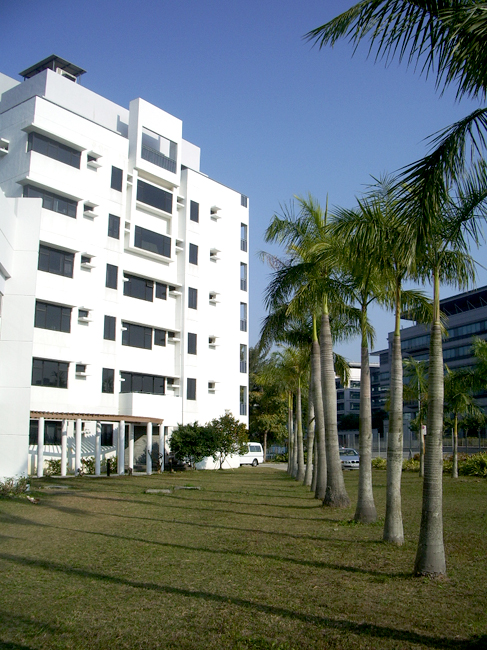History

Sign language research and training programmes started in 1993 at The Chinese University of Hong Kong when Professor James Woodward joined the University and started his investigation of Hong Kong Sign Language. He invited Professor Gladys Tang to form a team and both collaborated on a number of research projects. Since then, the sign linguistics research programme has taken root at the university, and decades of research efforts made the university become renowned for being the first academic institution in the Asia-Pacific region to specialise in sign linguistics research and Deaf training.
In response to the rapid expansion of the research programmes and social impact activities to change the public’s perception of sign language, The Chinese University of Hong Kong endorsed the establishment of The Centre for Sign Linguistics and Deaf Studies in November 2003. The founding members were Gladys Tang, James Woodward, a group of postgraduate students and, most importantly, a team of Deaf junior research assistants.
Since its inception, and with various research and Deaf training programmes, the Centre has been very successful in raising awareness of the importance of sign linguistics training and how it positively impacts deaf education. The Centre’s promotion of sign linguistics research and training has led to the creation of a consortium of Asian universities for collaborative efforts to promote sign language research and Deaf training in the Asia-Pacific region, with the ultimate goal of modelling after CUHK in establishing the discipline at Asian universities.
To date, the Centre is recognised as the hub for sign linguistics research and training in Asia. It plays a pivotal role in conducting postgraduate, undergraduate and sub-degree training in sign linguistics, sign language teaching, sign interpretation and deaf education.
The centre's Logo
The logo represents the Centre’s mission of bridging the hearing and the Deaf worlds by drawing on the linguistic resources of bilingualism in spoken and sign languages. Being Deaf and using sign language in this logo is not seen as a disability but as a distinct culture and mode of communication.
The stylised face represents equality between Deaf and hearing people. A hearing person’s ear and mouth are graphically bridged to become the hand and mouth of a Deaf person. The hands then connect different Deaf sign languages and cultures. The hand that stretches out on the third face invokes an image of connections between the hearing and Deaf worlds.

The Centre’s logo won 2nd prize in the 2005 winter semi-annual design contest as part of the American Design Awards.



